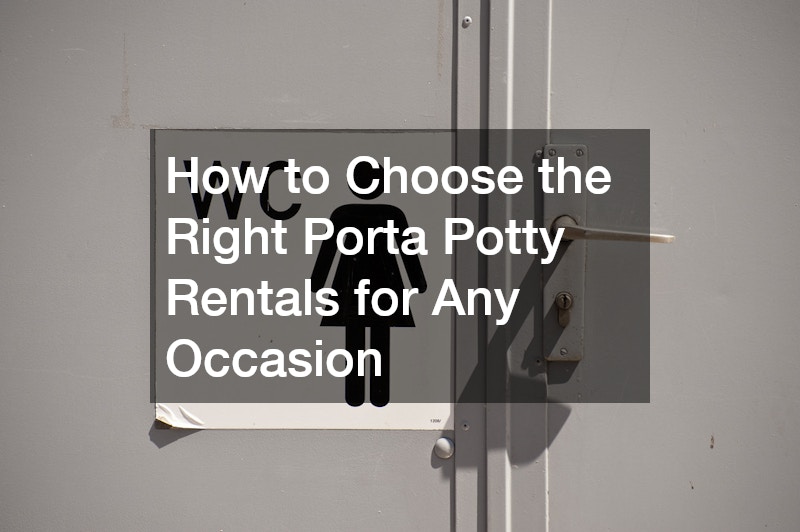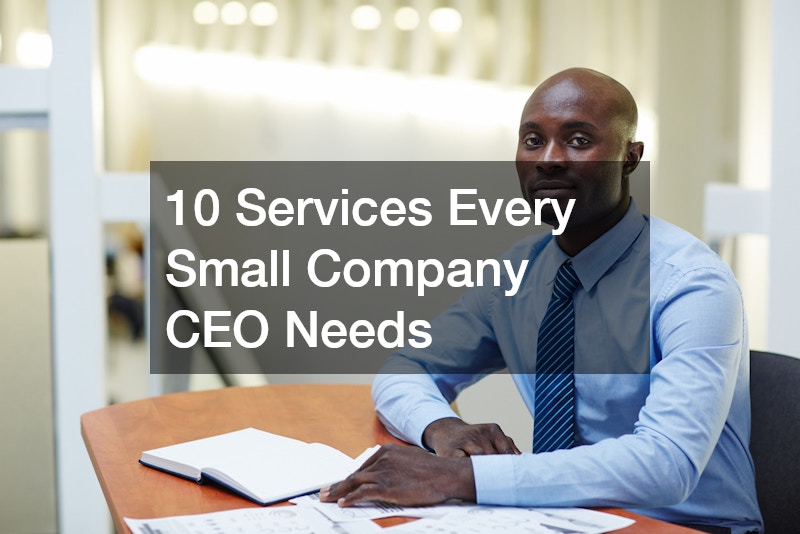Living elevated has its advantages, one of which is the vast amount of sunlight you get every day. Utah’s elevation allows for higher concentrations of sunlight, perfect for powering solar energy systems.
Free Electricity
Solar panels are getting less and less expensive. Enough solar panels to power a 6-kilowatt system, which can fulfill your household’s energy needs, can go for around $16,000-$20,000. Of course, you’ll still get a 30 percent federal tax credit for those panels and combined with Utah’s solar incentive. The total cost of the solar panels will probably be around $9,000-$12,000. With proper financing for 10 years, you’ll be paying less than $80-$100 a month. A 6-kilowatt solar power system will drop your electricity bills down to zero, and you’ll probably earn a few dollars by generating electricity and putting it into the grid. It probably won’t be much since power companies will never purchase generated electricity at a one-for-one ratio, but $5-$20 a month is nothing to scoff at.
Why Not Free Gas as Well?
If you’re not paying for your electricity bill, might as well not pay for gas. With rising gas prices, going electric is becoming an ideal option, especially when you go solar. Electric cars are perfect for daily commutes to the office or school. They’re more comfortable and perform better than most gas-guzzlers. Electric vehicles accelerate and decelerate better than standard cars and speed is no longer an issue. Electric vehicles can go up to 200 miles on a single charge, and if that’s not enough for your daily commute, you can always buy a hybrid. Driving an electric vehicle costs 66 percent less than driving a gas-driven car, and that percentage drops even more if you’re getting your power off the grid. Charging stations are also becoming more and more common, and car shops are becoming adept in dealing with both electric cars and hybrids.
Investing in Solar Panels

Modern solar panels are more efficient and more durable than those of previous years. Solar panels can last for up to 30-60 years, although efficiency might drop after 20 years. With proper financing, your solar panels can be paid for in ten years or less. Afterward, you’ll be enjoying free electricity. You might need to change panels after 20 years, but by then your panels should have paid for themselves. As long as you have no plans to move, going solar is a pretty good option. You can wait until the technology becomes more efficient or prices go further down, but by then, you might not be able to take advantage of the federal tax credits. Going solar also cuts your carbon footprint significantly, and the Earth needs all the help it can get.
In the end, whether you’re in it to save money and protect the environment or simply because you’re just an early adapter, going solar is a worthy investment. You can cut your electricity bill, reduce your carbon footprint, and have one of the coolest houses in the neighborhood.





